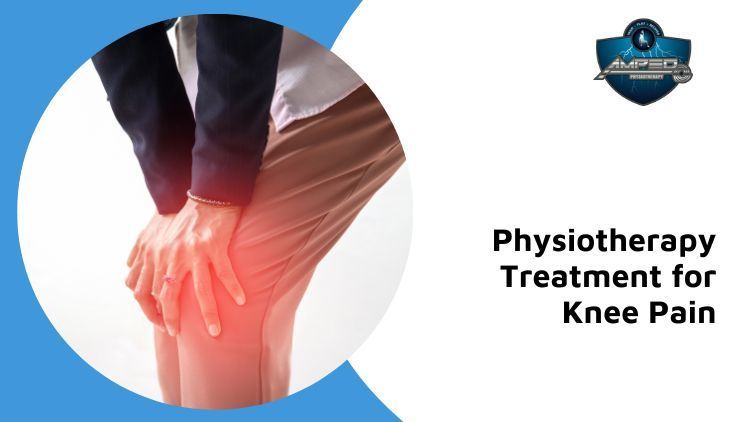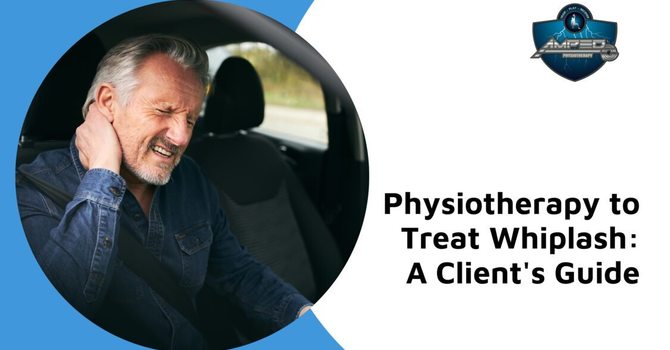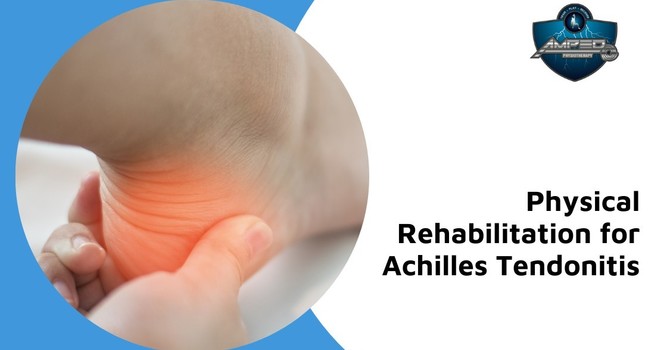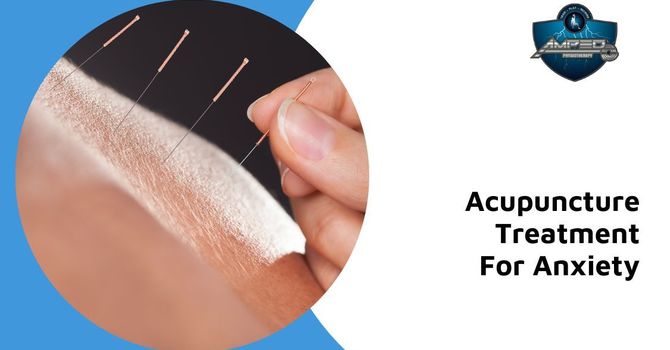
Knee pain can be a nuisance for busy people--especially if you're an active person. Thankfully, there are numerous therapies to lower the threat of developing persistent knee discomfort and handle it if it does appear.
Registered physiotherapists can tailor a customized treatment plan for you that targets the particular source of your discomfort and decreases its reoccurrence. In this article, we share some leading pointers on how to eliminate knee discomfort at last and return to an active lifestyle.
What is A Licensed Physiotherapist? And What Can They Do For me?
Basically, our physiotherapists in Ottawa are authorized healthcare professionals who specialize in dealing with people who have experienced an injury or stress somewhere in their body, like your knees! A physical therapist has extensive training and experience in assisting patients to recover from injuries or pressures.
They might likewise be certified in particular areas that make them a lot more certified than general practitioners to treat those conditions.
In other words: if you need help dealing with knee discomfort, consider a physiotherapist!
Here is a wide range of common reasons for knee pain:
- Muscle imbalance
- Body weight
- Weak gluteus medius muscles
- Sports injury
- Problems in knee bones
- Muscle strains
- Cartilage injuries
- Labral tears
- Inflammation of bursa sacs
- Chronic muscle strain
- Meniscal tear
- Collateral ligament strain
- Musculoskeletal knee pain
- Chronic overuse injury
- Articular cartilage defects
- Other acute knee injuries
- Excessive activity
- Obesity affecting weight-bearing joints
- Signs of misalignment in the knee joint
- Neurological conditions
- Iliotibial band friction syndrome
- Artificial knee replacement
- Weak knee tissues
- Complicated motions
Physiotherapy Treatment Options for Knee Pain and Injury
Physiotherapy can be one of the most ideal treatment approaches for managing knee pain and injuries. Physio treatments enable you to treat your condition in a focused and efficient way, often without requiring medication or surgery. According to an evaluation of research studies, physiotherapy offers higher benefits than self-management for individuals with knee arthritis.
Physiotherapy delivers a unique combination of physical therapy treatments and exercise programs that can help you in minimizing pain, regain mobility and go back to day-to-day activities.
While numerous treatments are focused on pain relief, they can likewise be used to deal with the root causes of knee pain.
Stretching Workouts
Stretching is a must-do when dealing with knee pain, and it's even more essential if you're recovering from an injury. Studies prove that individuals who stretch regularly have reduced discomfort and increased mobility compared to those who do not stretch at all.
There are two main types of stretches you can do to reduce knee discomfort: static and dynamic, and your physiotherapist can recommend the best ones for your special condition.
Static stretching includes holding your muscles in a lengthened position for about thirty seconds. You may feel a mild stretch in your muscles, but no major pain.
Dynamic stretching involves moving your muscles through a variety of movements over some time. You should feel an increased stretch in your muscles and a small pull.
Both kinds of stretches have their advantages, but dynamic stretches are especially valuable for knee discomfort. They can help you to loosen stiff joints, enhance your general flexibility, and increase joint range of motion.
Strengthening Exercises
While stretching is important for reducing knee pain, reinforcing the surrounding muscles is essential for the long-term management of the discomfort. Strong muscles supply stability and support to your joints, helping them work better and lowering the probability of discomfort and injuries recurring.
According to an assessment of studies, a mix of aerobic exercise and strengthening exercises is the most efficient way of handling knee pain. Low-impact exercises such as swimming, biking, and using elliptical equipment are terrific for reinforcing muscles without overburdening your knees.
Again, your physiotherapist can teach you the most beneficial exercises to strengthen your knee muscles.
If you've just recently suffered an injury, you should avoid high-impact exercises such as running until your knee has healed. Exercises to reinforce your quadriceps (the muscles in the front of the knee) are the most beneficial to minimize knee pain.
Acupuncture
Acupuncture is another treatment that is significantly being utilized to treat knee discomfort. Acupuncture incorporates putting small needles into the skin at specific points on the body.
Research studies reveal that acupuncture can minimize pain and improve knee joint function in patients experiencing knee injuries. Acupuncture has very few adverse effects and is often a good treatment alternative for managing knee pain. It can likewise be utilized in a mix with other treatments.
Dry Needling
Dry needling is a specific kind of acupuncture that involves placing very thin needles into trigger points. Trigger points are small knots in your muscles that cause discomfort and lower mobility in the surrounding region. Dry needling can be used to deal with all types of musculoskeletal conditions, including knee pain.
Studies reveal that dry needling is just as effective as electrotherapy for treating knee osteoarthritis, with fewer side effects. Dry needling is typically utilized as a part of a diverse treatment strategy. It's not a stand-alone treatment, though it can be successful when integrated with other therapies.
Knee Brace
If you experience frequent knee pain, a knee brace is a great way to protect your knee and prevent injuries from returning. Braces are available in a range of types and materials, and there are several types to select from. A knee brace can ease knee discomfort and support the knee in people who are recuperating from an injury, have osteoarthritis, or have had a joint replacement.
Taping
Knee braces are often the first selection for handling knee pain, but lots of people have hesitations about their use. Taping your knee is a much less intrusive way of managing the pain and can be just as successful as a knee brace. Numerous studies have demonstrated that taping the knee can significantly decrease knee pain and improve knee function in patients with knee osteoarthritis. It can also be used alone or in the mix with other therapies.
TENS machine
Transcutaneous Electrical Nerve Stimulation (or TENS) treatment is a non-invasive treatment that can be utilized to ease discomfort. TENS devices send out electrical pulses through the skin and stimulate the nerves. This decreases inflammation and helps with the pain. TENS devices are often utilized for short-term pain relief, such as after an injury. Some research demonstrates that TENS machines can be beneficial in managing knee discomfort, though more research is needed to establish their long-lasting results.
Conclusion
Knee discomfort can be a genuine headache, but it does not have to be. By following a couple of basic pointers, you can keep your knees healthy and pain-free. And if you do get knee pain, you can utilize these tips to reduce the pain and return to your daily activities as soon as possible.
In other words: if you want assistance with your knees, see a physiotherapist! And keep in mind: knee pain can be treated, so don’t let it rule your life!
Call Amped Physiotherapy today and we can schedule you to eliminate your knee pain. Now booking new appointments!

Admin
Contact Me



